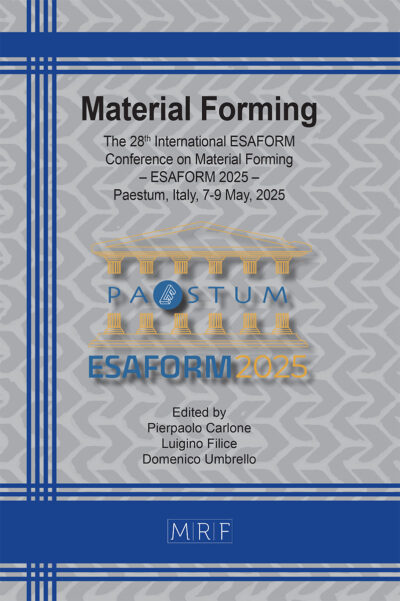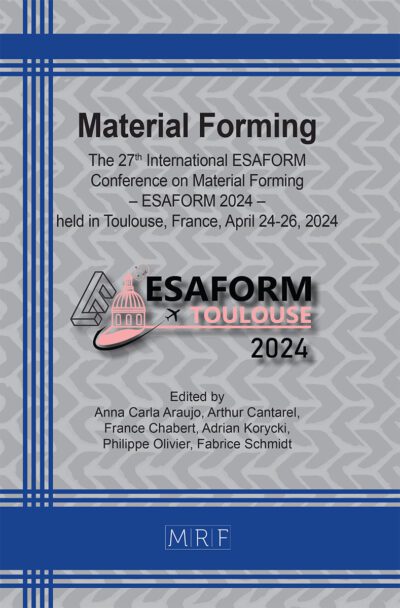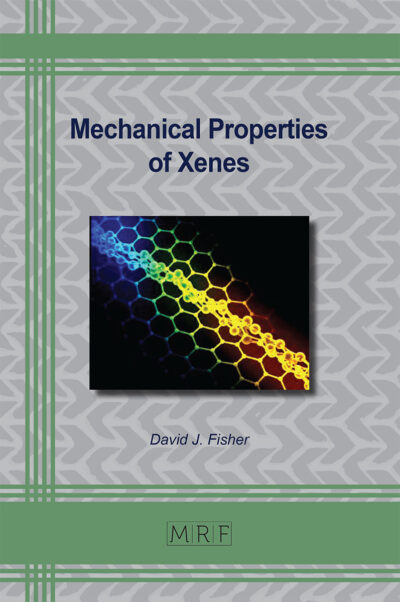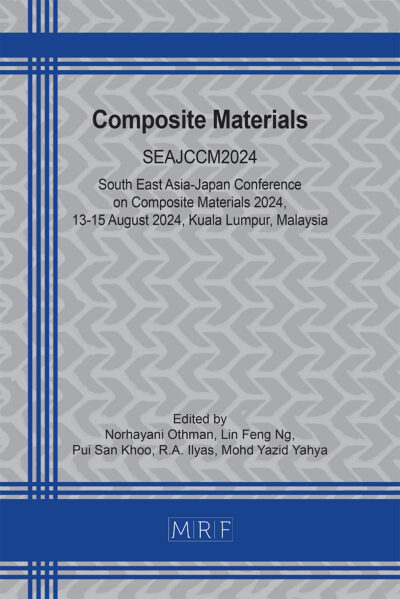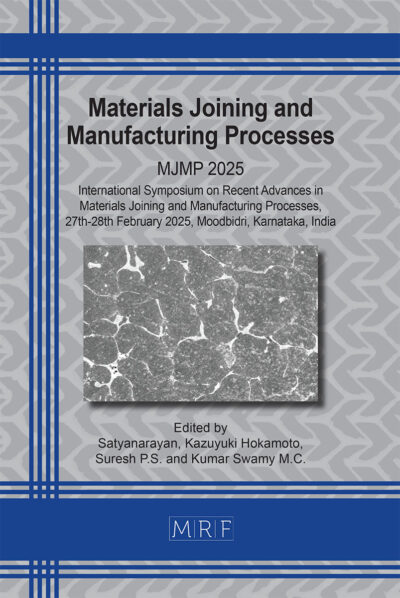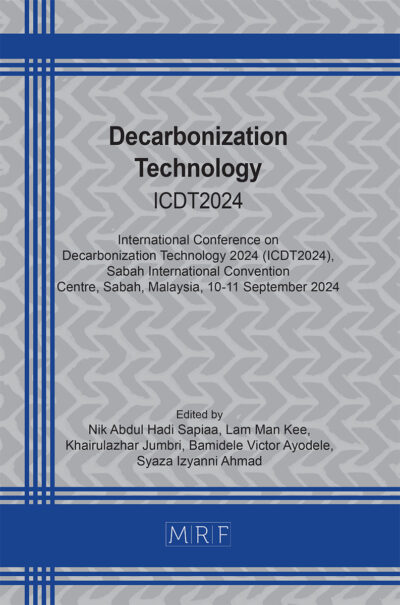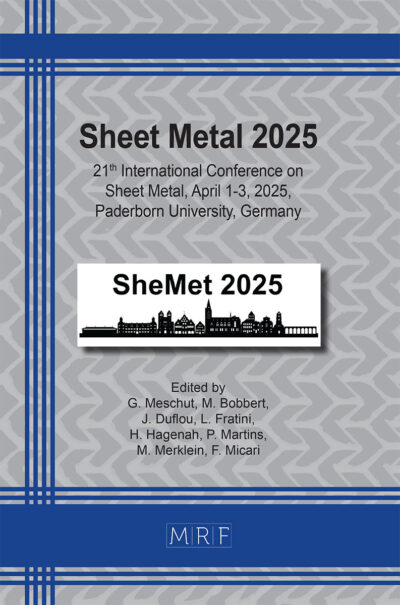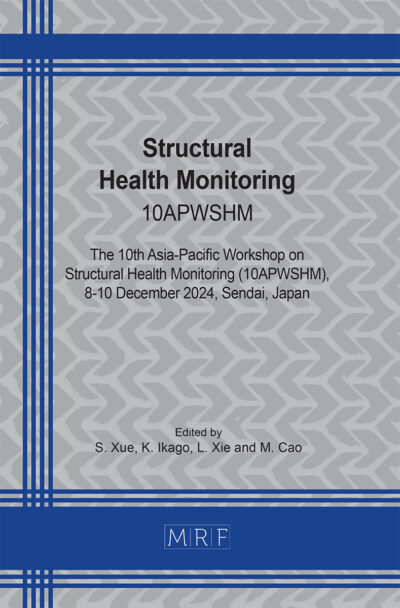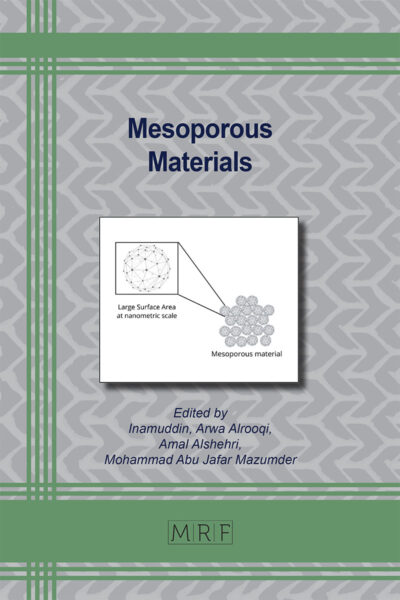Finite element modeling of buckle defects formation during RTM preforming of dry woven reinforcements
Zakariae EL-ALAMI, Audrey HIVET, Gilles HIVET
Abstract. Mesoscopic defects, such as buckles and yarn sliding, arise in dry woven reinforcements during the preforming step of processes like the Resin Transfer Molding process. To study these defects, the LaMé laboratory developed an experimental device based on the Pullout test, which replicates the conditions leading to defect formation but does not fully explain the underlying mechanics. To address this, a Finite Element Model (FEM) is proposed to complement experimental data by providing detailed insights into stress, strain, and friction. While the model offers preliminary predictions of buckle defects, a full identification of the remaining parameters, including friction and those related to the fixed jaws, is essential for accurate parametric studies on their formation.
Keywords
Buckle Defects Formation, Dry Woven Reinforcements, RTM, Finite Element Modeling
Published online 5/7/2025, 10 pages
Copyright © 2025 by the author(s)
Published under license by Materials Research Forum LLC., Millersville PA, USA
Citation: Zakariae EL-ALAMI, Audrey HIVET, Gilles HIVET, Finite element modeling of buckle defects formation during RTM preforming of dry woven reinforcements, Materials Research Proceedings, Vol. 54, pp 458-467, 2025
DOI: https://doi.org/10.21741/9781644903599-50
The article was published as article 50 of the book Material Forming
![]() Content from this work may be used under the terms of the Creative Commons Attribution 3.0 license. Any further distribution of this work must maintain attribution to the author(s) and the title of the work, journal citation and DOI.
Content from this work may be used under the terms of the Creative Commons Attribution 3.0 license. Any further distribution of this work must maintain attribution to the author(s) and the title of the work, journal citation and DOI.
References
[1] K. Potter, B. Khan, M. Wisnom, T. Bell, and J. Stevens, ‘Variability, fibre waviness and misalignment in the determination of the properties of composite materials and structures’, Composites Part A: Applied Science and Manufacturing, vol. 39, no. 9, pp. 1343–1354, Sep. 2008. https://doi.org/10.1016/j.compositesa.2008.04.016
[2] P. Boisse, N. Hamila, and A. Madeo, ‘Modelling the development of defects during composite reinforcements and prepreg forming’, Philosophical Transactions of the Royal Society A: Mathematical, Physical and Engineering Sciences, vol. 374, no. 2071, p. 20150269, Jul. 2016. https://doi.org/10.1098/rsta.2015.0269
[3] P. Wang, D. Soulat, X. Legrand, H. Gao, and S. Xiao, ‘Etude des défauts de glissements lors de la mise en forme de renforts tressés triaxiales’, in 21ème Journées Nationales sur les Composites, Bordeaux, Talence, France: École Nationale Supérieure d’Arts et Métiers (ENSAM) – Bordeaux, Jul. 2019.
[4] A. Shanwan, S. Allaoui, J. Gillibert, and G. Hivet, ‘Development and Implementation of an Experimental Machine to Study Woven Fabric Preforming Defects’, Exp Tech, vol. 46, no. 2, pp. 299–316, Apr. 2022. https://doi.org/10.1007/s40799-021-00483-z
[5] A. Shanwan, M. F. Ghanameh, B. Aditya, and G. Hivet, ‘Experimental study of woven fabrics forming defects’, in Proceeding, Kraków, Poland: Lukasz Madej, Konrad Perzynski, Mateusz Sitko, Anna Smyk, Apr. 2023, pp. 375–384. doi: 10.21741/9781644902479-41
[6] C. Tephany, ‘Analyse de la formabilité de renforts composites à base de fibres naturelles’, Ph.D.thesis, Orléans, 2014.
[7] S. Allaoui, G. Hivet, D. Soulat, A. Wendling, P. Ouagne, and S. Chatel, ‘Experimental preforming of highly double curved shapes with a case corner using an interlock reinforcement’, Int J Mater Form, vol. 7, no. 2, pp. 155–165, Jun. 2014. https://doi.org/10.1007/s12289-012-1116-5
[8] ‘Abaqus Theory Manual (6.11)’.
[9] P. Badel, E. Vidal-Sallé, E. Maire, and P. Boisse, ‘Simulation and tomography analysis of textile composite reinforcement deformation at the mesoscopic scale’, Composites Science and Technology, vol. 68, no. 12, pp. 2433–2440, Sep. 2008. https://doi.org/10.1016/j.compscitech.2008.04.038
[10] A. Wendling-Hivet, ‘Simulation à l’échelle mésoscopique de la mise en forme de renforts de composites tissés’, Ph.D.thesis, Lyon, INSA, 2013.
[11] P. Badel, E. Vidal-Sallé, and P. Boisse, ‘Large deformation analysis of fibrous materials using rate constitutive equations’, Computers & Structures, vol. 86, no. 11, pp. 1164–1175, Jun. 2008. https://doi.org/10.1016/j.compstruc.2008.01.009
[12] P. Badel, S. Gauthier, E. Vidal-Sallé, and P. Boisse, ‘Rate constitutive equations for computational analyses of textile composite reinforcement mechanical behaviour during forming’, Composites Part A: Applied Science and Manufacturing, vol. 40, no. 8, pp. 997–1007, Aug. 2009. https://doi.org/10.1016/j.compositesa.2008.04.015
[13] B. Hagège, P. Boisse, and J.-L. Billoët, ‘Finite element analyses of knitted composite reinforcement at large strain’, Revue Européenne des Éléments Finis, vol. 14, no. 6–7, pp. 767–776, Jan. 2005. https://doi.org/10.3166/reef.14.767-776
[14] A. Wendling, G. Hivet, E. Vidal-Sallé, and P. Boisse, ‘Consistent geometrical modelling of interlock fabrics’, Finite Elements in Analysis and Design, vol. 90, pp. 93–105, Nov. 2014. https://doi.org/10.1016/j.finel.2014.05.010


